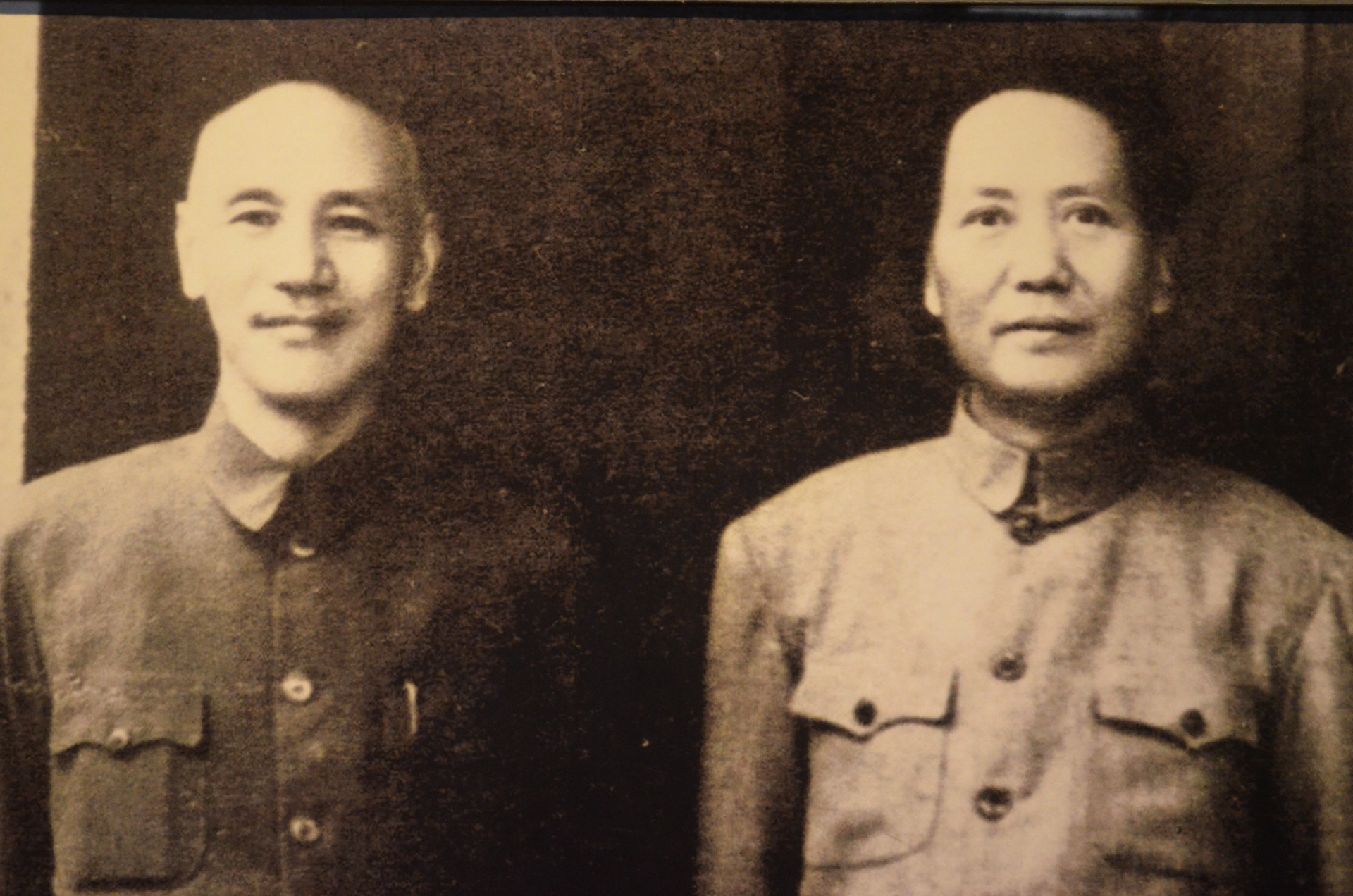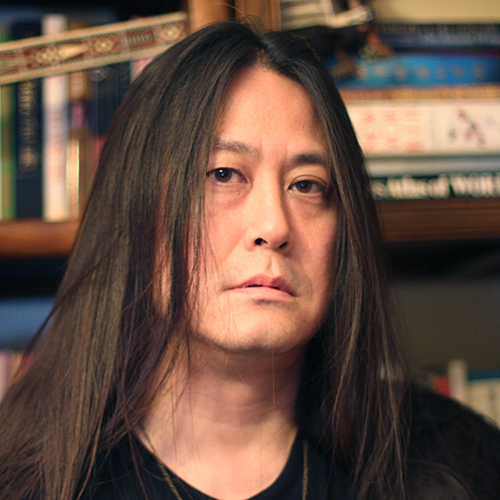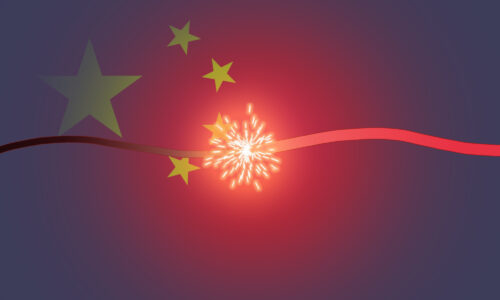Kuora: Mao Zedong, Chiang Kai-shek, and the battle for Chinese hearts and minds

This month’s Kuora columns will be in the subject of modern Chinese history. Take a look at last week’s column on political reformers Kang Youwei and Liang Qichao during the Republic of China era. This week, we’ll look at the beginning of the Communist Party, prompted by three of Kaiser’s answers that originally appeared on Quora:
January 1, 2014: What did Mao Zedong and Chiang Kai-shek, who were mortal enemies in their struggle for the control of all of China, agree about?
January 29, 2014: Pre-revolutionary Russia and China were both predominantly rural countries just starting to industrialise, but while an urban, working class revolution succeeded in Russia, it failed in China. What explains the difference?
May 20, 2015: What do people think about Chiang Kai-Shek opening the dikes that caused the 1938 Yellow River flood in order to slow down the advancing Japanese army? How effective was this strategy? Was this strategy justified or reasonable?
Mao Zedong and Chiang Kai-shek were in agreement about the need to resist imperialism and reestablish true sovereignty over Chinese territory. That would involve, at various times, ending the legacy of the Unequal Treaties, and especially the hated extraterritoriality enjoyed by colonial powers in China until the late 1920s, and of course expelling the Japanese invaders beginning in 1937. (More later on the extremes to which Chiang was willing to go to accomplish the latter.)
They agreed that China needed to be ruled by a single, authoritarian party — and both Chiang’s Kuomintang (a.k.a. KMT, Guomindang, or Chinese Nationalist Party) and Mao’s Chinese Communist Party were in fact organized along explicitly Leninist lines.
They agreed about the need to unify China and to wrest control of all Chinese territories from the many militarists or warlords (军阀 jūnfá) who controlled much of China from 1916 to 1928 — the usual parameters of the “Warlord Period,” though the fact is that warlord control of much of China extended well beyond 1928.
They agreed in their repudiation of the imperial, dynastic system, and made no moves to reintroduce many of its essential features: hereditary monarchy, the civil service examination system, state Confucianism. Concomitant with that, they agreed that China needed, above else, to find the formula to attain wealth and power (富强 fùqiáng) so that a self-governing and dignified Chinese nation might one day stand among equals in the world.
But they quarreled over how they might achieve that objective, which led to bloodshed.
The early Chinese Communist Party advocated an urban, worker-led revolution and did not regard the peasantry as possessing revolutionary consciousness. Whether a workers’ revolution would have succeeded in China is hard to say, but the chief reason there was never really a chance to find out was the White Terror of April 1927, also known as the Shanghai Massacre of April 12, 1927.
During the First United Front period, beginning with the reorganization of the Kuomintang by Sun Yat-sen in 1923, Chinese Communist Party members were allied with the KMT and allowed to hold dual membership while the two parties focused on a “Northern Expedition” from their base in Guangdong province in China’s far south. They aimed at retaking the Yangtze Delta and the Chinese heartland — the North China Plain — from the various warlords who held it.
After Sun’s death in 1925, however, power passed after a period of some internal struggle to Chiang Kai-shek, who was ardently anti-communist. After the Northern Expedition troops reached Shanghai in 1927, Chiang conspired with underworld figures in Shanghai’s notorious Green Gang to massacre communists and their sympathizers, and was effectively able to completely destroy most of the leadership of the then-urban, worker-focused CCP.
What remained of the communists regrouped in Jiangxi Province, creating the short-lived Jiangxi Soviet, which struggled to survive a series of five concerted Nationalist assaults until the final push — a slow strangulation using block-house warfare under the direction of Chiang’s German advisors — forced them to depart their Jiangxi base on the now-legendary Long March.
It wasn’t until the Long March that Mao Zedong’s “peasants as rural workers and therefore a revolutionary class” idea became ascendant.
Meanwhile, Chiang proved to be remarkably callous toward the rural class. In 1938, in order to slow down an advancing Japanese army, he opened up dikes on the Yellow River and caused severe flooding across three provinces, killing anywhere between 400,000 and 900,000 people (a KMT estimate at that time put the death toll at 800,000).
The incident is something that people in China will continue to debate for a very long time, and it could truly be taught in ethics classes in philosophy departments as a real-life example of a horrific choice of evils.
A case might be made that it worked: The Japanese advance was not fully halted, but it was delayed long enough that Henan and Shaanxi provinces were denied to them until later in the war. Henan, south of the Yellow River, wasn’t taken until the Ichigo Offensive in 1944.
It’s hard for me to assess the strategic value in holding the North China Plain and the Wei River Valley, but psychologically, this was the very heartland of the Chinese civilization, its very cradle.
On the other hand, I’ve not seen it argued that the Kuomintang command structure would not have made it to the safety of (first Wuhan and then) Chongqing without breaching the Yellow River dikes. Couldn’t they still have mounted successful resistance from the fastness of Sichuan? And shouldn’t they have known that in killing so many and impoverishing so many more in the North China Plain they would be driving people into the arms of Mao’s Communists in Yan’an? Hindsight tells us that Mao really milked the horrors of the flood for all it was worth.
The real calculation though was the lives lost. That number was staggering, just mind-bogglingly enormous, and my tendency is still to judge Chiang Kai-shek harshly for his decision. Even if you accept conservative figures for the number of deaths brought on by the flooding he unleashed, those were still unacceptable losses of civilian life. It comes down to whether a nation is more than just the people who comprise it. For Chiang, China was something well beyond the 400 million or so Chinese people. For me, I regard people as ultimately more important than abstract constructs like nation, and so I’d like to think that in his shoes I would have chosen differently.
Kuora is a weekly column.






